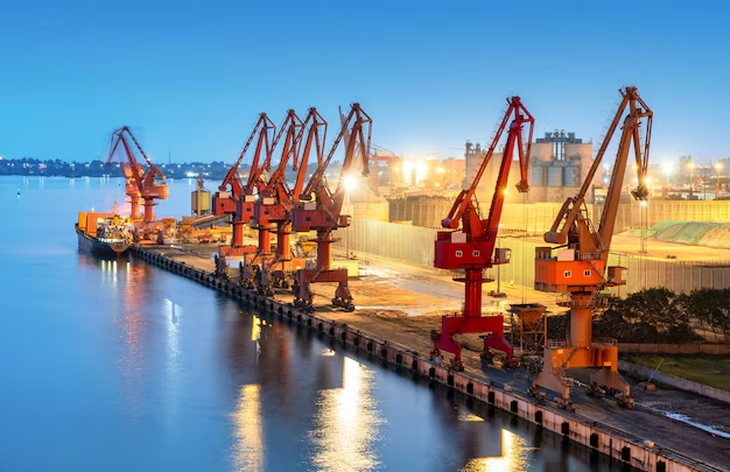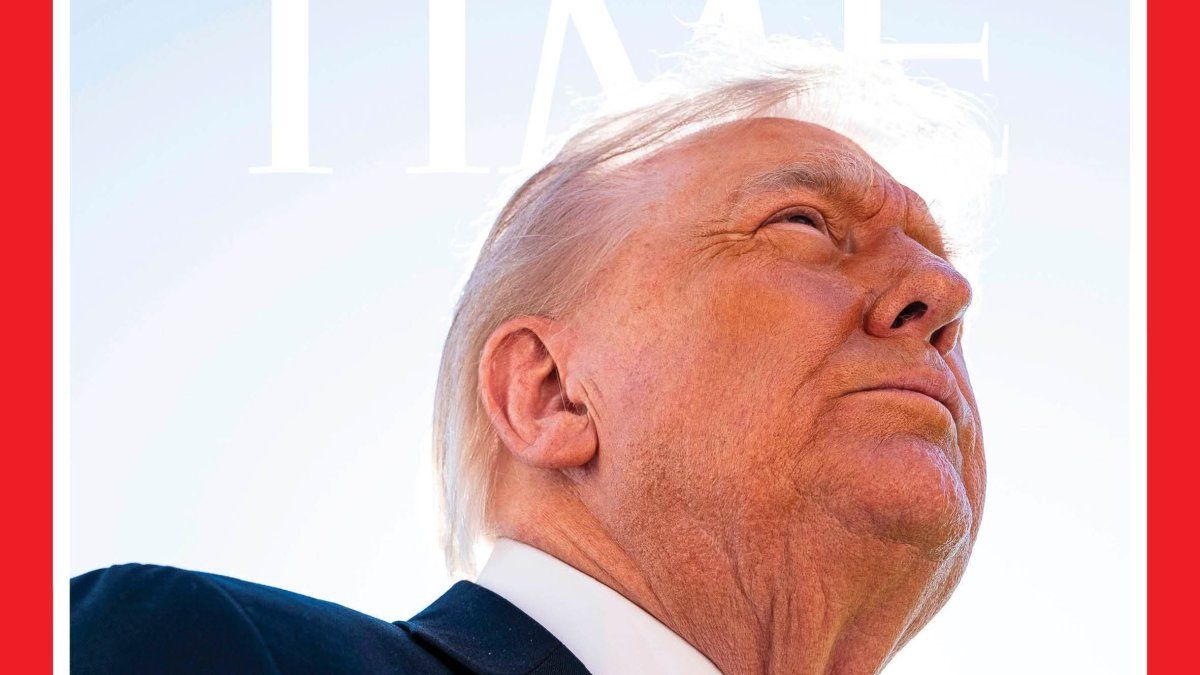When in the media or in the history books of mentioning a world powerwe always think of countries with years of economic well -being that they knew how to take advantage of their natural resources and make them a functional and prosperous economy for citizens.
However, that is not the case for all the greats. Considered “the giant of Asia”, China It began to grow on a little fertile soil, where extreme inequality and poverty abounded. However, a Focus change He marked a before and after in the Chinese economy.
The beginnings of China
In the mid -twentieth century, China was a predominantly agricultural country, with an economy based on subsistence and a scarcely developed infrastructure. After the foundation of the People’s Republic of China in 1949the Government of Mao Zedong implemented an economic model of centralized planning inspired by the Soviet Union.
He “Great leap forward“, From 1958 to 1961, it was one of the first great strategies to transform the country into an industrial power. However, forced collectivization and the most executed policies led to a deep economic crisis and a famine that charged millions of lives. Then, the “Cultural Revolution”, which occurred between 1966 and 1976, further plunged China into a state of political instability and productive stagnation.
During these decades, the Chinese economy depended almost exclusively on the agriculture and a heavy industry controlled by the state. Foreign investment was practically prohibited And technological innovation was scarce. China remained isolated from global markets and his GDP per capita was well below the world average.
China
The change
After the Death of Mao In 1976, China began a transformation process under the leadership of Deng Xiaoping. At the end of the 70s, the country was in crisis and it was evident that the Orthodox communist model did not work. Deng promoted a series of Economic reforms that laid the bases of growth that would come in the following decades.
In 1978, the “Reform and Opening”a set of measures aimed at modernizing the economy:
- Agricultural desertivization: Peasants were allowed to work their own lands and sell their products in the market, which significantly increased agricultural production.
- Creation of Special Economic Zones (ZEE): Cities like Shenzhen became laboratories of capitalism, attracting foreign investment with tax and regulatory incentives.
- Opening to foreign trade: China began to integrate into the world economy, allowing imports and exports with less restrictions.
- Flexibility of state control over companies: Although strategic industries remained in the hands of the Government, the development of the private sector was allowed.
These measures paid off quickly. In the 1980s, the annual growth of GDP accelerated and the Chinese quality of life began to improve. In the 90s, with the leadership of Jiang ZeminChina deepened its opening process, privatized numerous state companies and advanced in the transformation of its economy into a market.
China’s entry to World Trade Organization (WTO) in 2001 He marked a milestone in his global ascent. From then on, the country became the “world factory”, with unprecedented growth based on manufacturing, export and investment in infrastructure.
Chinese news
In the last two decades, China consolidated its position as the Second largest economy on the planetonly behind the United States. However, its economic model evolved significantly.
Chinese Puerto.AVIF

Freepik
Today, China is no longer just a country of low production costsbut advanced in innovation and technological development. Companies like Huawei, Tencent, Alibaba and Byd They are global leaders in sectors such as telecommunications, artificial intelligence and electric vehicles.
In addition, China launched ambitious infrastructure initiatives such as Strip and route initiative (Belt and Road Initiative), with which he seeks to expand his economic influence in Asia, Africa and Europe through Transport and Energy Megaprojects.
Source: Ambito
I am Pierce Boyd, a driven and ambitious professional working in the news industry. I have been writing for 24 Hours Worlds for over five years, specializing in sports section coverage. During my tenure at the publication, I have built an impressive portfolio of articles that has earned me a reputation as an experienced journalist and content creator.




